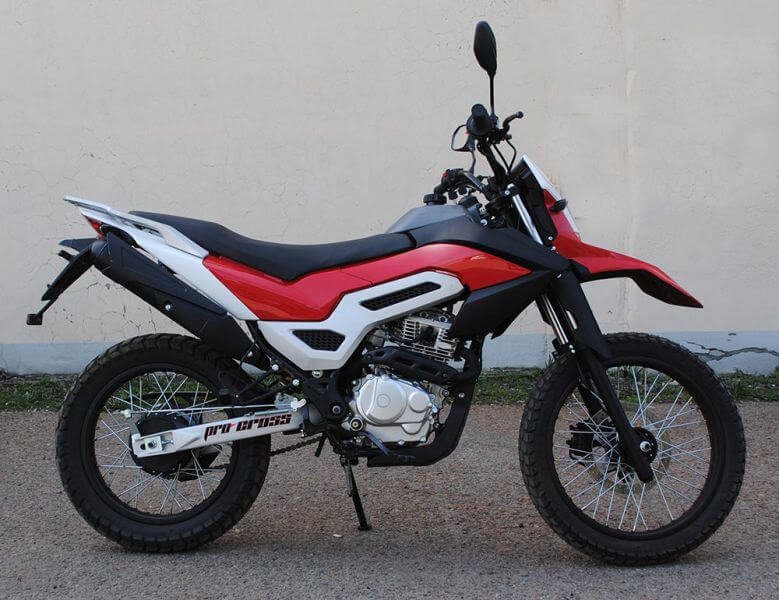Difference between two-stroke and four-stroke engine
Content
Understand difference between 2 and 4 stroke engine, you must first understand how motors work in general.
So, for the engine to work properly, the combustion process must be complete. In 2-stroke and 4-stroke engines, this process consists of four separate strokes performed by the connecting rod and piston in the combustion chamber. What sets the two engines apart is their ignition timing. The number of shots fired shows how two-stroke or four-stroke engines convert energy and how fast the firing occurs.
How does a 4-stroke engine work? What is the difference between a two-stroke and a four-stroke engine? Check out our explanations for the operation and the difference between the two types of engines.
4-stroke engines
Four-stroke engines are engines whose combustion is usually started by an external power source such as a spark plug or shaker. Their very rapid combustion converts the chemical potential energy contained in the fuel into work into mechanical energy during the explosion.
Features of 4-stroke engines
This engine consists of one or more cylinders each of them contains a sliding piston with a linear motion. Each piston is alternately raised and lowered using a connecting rod connecting the piston to the crankshaft. Each cylinder that makes up a 4-stroke engine is closed by a cylinder head with two valves:
- An intake valve that supplies the cylinder with an air-gasoline mixture from the intake manifold.
- Exhaust valve that diverts flue gases to the outside by means of an exhaust.
Duty cycle of a 4-stroke engine
The working cycle of a 4-stroke engine is disrupted four-stroke engine. The first time is what produces energy. This is the time during which the combustion of the mixture of fuel and air initiates the movement of the piston. The latter then begins to move during start-up until one engine stroke has produced the energy needed to provide three other periods of energy consumption before the next engine stroke. From this point on, the engine runs on its own.
Stage 1: introductory race
The first move made by a 4-stroke engine is called: "input". This is the beginning of the engine operation process, as a result of which the piston descends first. The lowered piston draws gas and therefore the fuel / air mixture into the combustion chamber via an intake valve. At start-up, a starter motor attached to the flywheel turns the crankshaft, moves each cylinder and supplies the energy needed to complete the intake stroke.
2nd step: compression stroke
Compression stroke occurs when the piston rises. With the intake valve closed during this time, the fuel and air gases are compressed in the combustion chamber to 30 bar and 400 and 500 ° C.

Step 3: fire or explosion
When the piston rises and reaches the top of the cylinder, the compression is at its maximum. A spark plug connected to a high voltage generator ignites the compressed gases. The subsequent rapid combustion or explosion at a pressure of 40 to 60 bar pushes the piston downward and initiates back and forth movement.
4th stroke: exhaust
The exhaust completes the four-stroke combustion process. The piston is lifted by the connecting rod and pushes the burnt gases out. The exhaust valve is then opened to remove the burnt gases from the combustion chamber for a new charge of the air / fuel mixture.
What is the difference between 4-stroke engines and 2-stroke engines?
Unlike 4-stroke engines, 2-stroke engines use both sides - top and bottom - of the piston... The first is for the compression and combustion phases. And the second is for the transmission of intake gases and for the exhaust. By avoiding the movements of two energy-intensive cycles, they produce more torque and power.
Four phases in one movement
In a two-stroke engine, spark plugs fire once per revolution. The four phases of intake, compression, combustion and exhaust are performed in one motion from top to bottom, hence the name two-stroke.
No valve
Since intake and exhaust are part of the compression and combustion of the piston, two-stroke engines do not have a valve. Their combustion chambers are equipped with an outlet.
Mixed oil and fuel
Unlike 4-stroke engines, 2-stroke engines do not have two special chambers for engine oil and fuel. Both are mixed in one compartment in the corresponding defined quantity.
